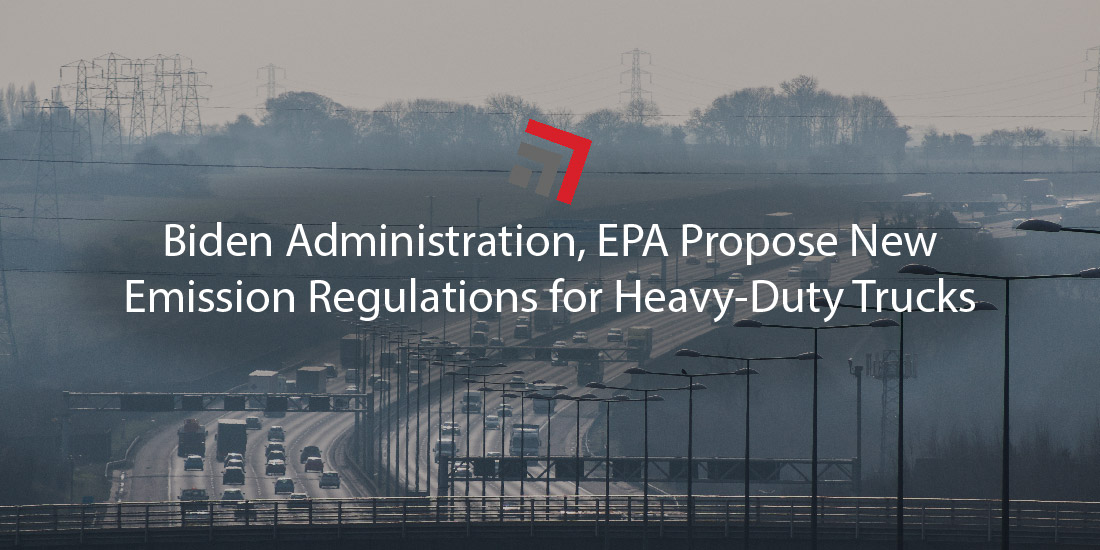According to the International Council on Clean Transportation, heavy-duty trucks account for 37 percent of total nitrogen oxide emissions from vehicles on the highway. Nitrogen oxide is particularly concerning when emitted as it is a toxic gas that contributes to smog.
President Joe Biden and his administration are pushing to enact new regulations aimed to reduce these emissions from heavy-duty trucks—many of which are used for commercial trucking operations. According to environmentalists, current emission standards are not stringent enough in mitigating the threat these emissions have on people and the environment. On the other hand, stricter regulations can adversely affect operations for a trucking industry already in parrel with other issues.
Biden Administration and EPA Propose Stricter Emission Regulations
The United States Environmental Protection Agency (EPA) unveiled on March 7 a proposal to reduce nitrogen oxide from heavy-duty trucks by 90 percent below present standards. The government agency sets its goal for 2027 as its model (start) year.
Within the proposal, EPA Administrator Michael S. Regan implored that “72 million people are estimated to live near truck freight routes in America” and “are directly exposed to pollution that causes…serious and costly health effects”. Furthermore, Regan asserts newer and stricter standards will effectively mitigate dangerous pollution “by harnessing recent advancements in vehicle technologies from across the trucking industry as it advances toward a zero-emissions transportation future”.
The actions laid out in the proposal are parallel in its vision with President Biden’s 2021 Executive Order and aims to lower nitrogen oxide emissions by as much as 60 percent by 2045.
Trucking Industry’s Reception to Proposed Regulations
Inherently, the trucking industry at large is not closed off to lowering emissions. Certain innovations, such as battery-electric trucks as an alternative fuel source, are being entertained industrywide. However, trucking’s real qualm with these stricter regulations is the timing.
To no one’s surprise, the U.S. supply chain remains in a crunch with the trucking industry at the epicenter. Industry stakeholders contest the timing of these regulations could not be worse. In order to satisfy stricter emission standards, trucking companies will have to invest millions of dollars into newer heavy-duty trucks. They contest that their resources are already being depleted amid an industrywide labor shortage and supply chain related delays.
“We have to make sure trucking companies can afford the anticipated high price tags of new…heavy-duty vehicles,” Glen Kedzie of American Trucking Associations told Supply Chain Brain. With the introduction of any new emission standards, a certain burden will be placed on truck manufacturers who would be tasked with meeting the production demands for newer heavy-duty trucks.
Final Thoughts
In the contents of the proposal, the EPA encourages all stakeholders involved to contribute input during a period of public comment. Ideally, this will provide a direct platform for the trucking industry to surface its concerns for stricter regulations at an inappropriate time.
Please do not hesitate to contact one of our team members if you have any further questions on this topic or any others in domestic logistics.



Recent Comments